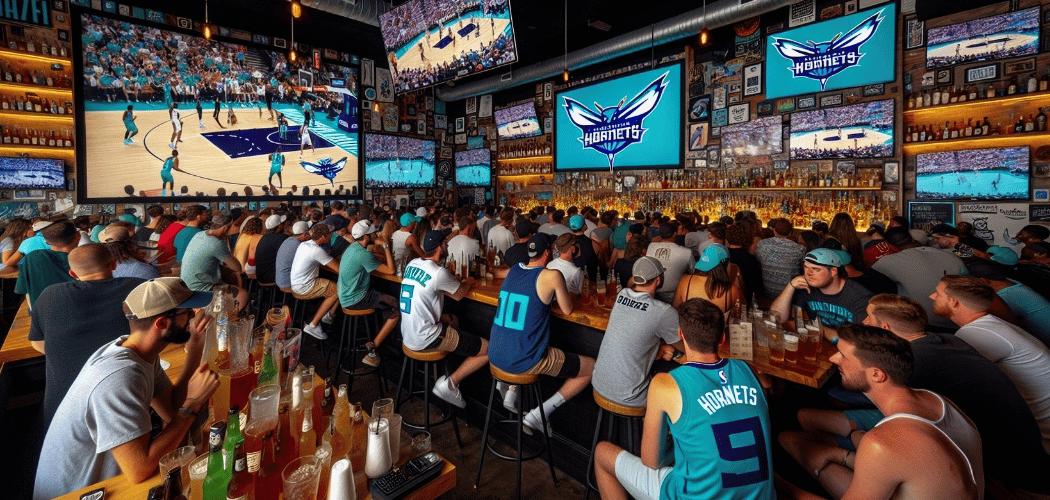Chances Are, Facebook Users May Not Notice The Missing Ads
And that probably doesn’t matter. The desired effect of the advertising boycott by Unilever, Starbucks SBUX, Ben & Jerry’s, Honda, Coke and a lengthening list of other companies, is to pressure Facebook and other social media outlets to better regulate against offensive content. Consumers may not notice which ads are absent, but they will likely hear which brands are boycotting in response to the “Stop Hate For Profit” campaign. And how those brands do it will matter.
Advertising boycotts are not new. However, the influence and live-time nature of social media, which relies on crowdsourced information, has added complex ramifications.
Key among those ramifications is that social outlets such as Facebook and Twitter are in many ways a sum of their members’ parts, so users are more likely to see them as reflections of their personal communities. How boycotts are handled, by extension, would be viewed in this context, for better or worse.
Two-thirds Of Shoppers Choose Brands That Reflect Their Values
And those values extend to a shared purpose – 65% of surveyed consumers said they would advocate for issues that a purpose-driven brand supports, and 66% would switch products to support a purpose-driven company.
Consumers are more powerful, more aware and more influential, thanks to these same social media outlets being boycotted. A company that is not fully dedicated to the purposes behind a boycott risks being shunned by consumers who see it as opportunistic.
The trajectory of this latest boycott is so fast and fluid that by the time this story posts, Facebook, Instagram and Twitter may have reached a satisfactory resolution with civil rights groups, including the NAACP and Anti-Defamation League, which initiated the “Stop Hate For Profit” campaign. (As of July 1, nearly 250 companies had joined the movement.)
That doesn’t change the fact that this is an important occasion for retailers and consumer packaged goods makers to learn how the implications of a decades-old practice, boycotting, are vastly different today.
Before Boycotting, Retailers Should Ask Themselves 3 Questions
It’s hard to argue the downside of joining a movement called “Stop Hate For Profit.” Nevertheless, companies should have organizational structures and procedures in place to ensure such decisions are embedded in historical values and supported from the top down.
Three basic questions will shape that structure.
1: Why should we join the boycott movement?
Company executives should conduct an honest assessment of their reasons behind any boycott. Is the companypulling ads because of a formalized commitment not to spend money with an outlet that allows hate speech or other offensive content? Or is it pulling advertising due to shareholder pressure and/or fear it will lose sales among shoppers as a result of the perceived alignment?
The answer to the “why” should transcend the incident and get to the heart of what the company stands for.
Honda, in its announcement to pull ads in July, said it was “choosing to stand with people united against hate and racism.” This is what a customer should reasonably expect from a company. Unilever gets more to the heart of the matter when it cited the “polarized atmosphere in the U.S.” for why it had stopped all U.S. advertising from Facebook, Twitter and Instagram through the end of 2020: “Continuing to advertise on these platforms at this time would not add value to people and society,” Unilever stated.
2: What is your brand to the customer?
What is the company culture and what are its commitments to customers and society? Statements don’t add up to much if the company lacks a code of conduct that consistently guides its decisions in the face of conflict. Retailers can illustrate their adherence to such commitments with past examples.
Outdoor gear chain REI, which will pull all ads from Facebook and Instagram in July, has a history of sacrificing profit for social good. In 2015 it refused to open its stores on Black Friday, let alone Thanksgiving Day, giving employees a paid day off and urging customers to instead enjoy the outdoors. It introduced the “Opt to Act” plan to encourage its customers to perform small acts that help improve the environment.
What retailers should not do: Form a new definition of the company culture to suit the boycott decision; customers will spot a fake and the reprisal would be devastating.
3: Where does this decision lead you?
If a boycott is part of a holistic commitment toward positive change, then the company should consider its next steps toward spearheading some of that change itself. After all, consumers who are actively protesting will more likely expect the companies they value to take action as well.
Levi Straus & Co., which also joined the “Stop Hate For Profit” movement, supports refugees globally through volunteering, donations, grants and job-skills training. This effort recently extended to a line of denim products handmade by tailors, including immigrants and refugees, in Italy.
Other options: This is a fresh opportunity for retailers to join a coalition that adheres to ethically defined advertising guidelines. Or create funds for affordable housing and/or for food and healthcare deserts, or help establish non-profits dedicated to improving race relations within police departments and governments. The point is that the action aligns with their commitments.
Activism Requires Day-to-Day Action
Above all, organizations should view boycotts and overall marketing decisions as a component of their fundamental business practices – as integral as sales reports and supply chain management. Companies that appoint boards or divisions to guide such efforts in alignment with stated company values will likely come out ahead.
If Facebook, Twitter and other platforms make real change to their protocols regarding the content they allow, many of these brands will likely return. But in the interim, alternative outlets could emerge or come back into play. Retailers could, for example, find better results by engaging their best customers through apps, direct mail or email.
What will matter is how customers feel when they notice that company name or logo, and that takes action every day, starting with today.
Bryan Pearson is a Featured Contributor to The Wise Marketer and currently serves as a director and strategic advisor to a number of loyalty-related organizations. He is the former CEO of LoyaltyOne.
This article originally appeared in Forbes. Be sure to follow Bryan on Twitter for more on retail, loyalty, and the customer experience.




